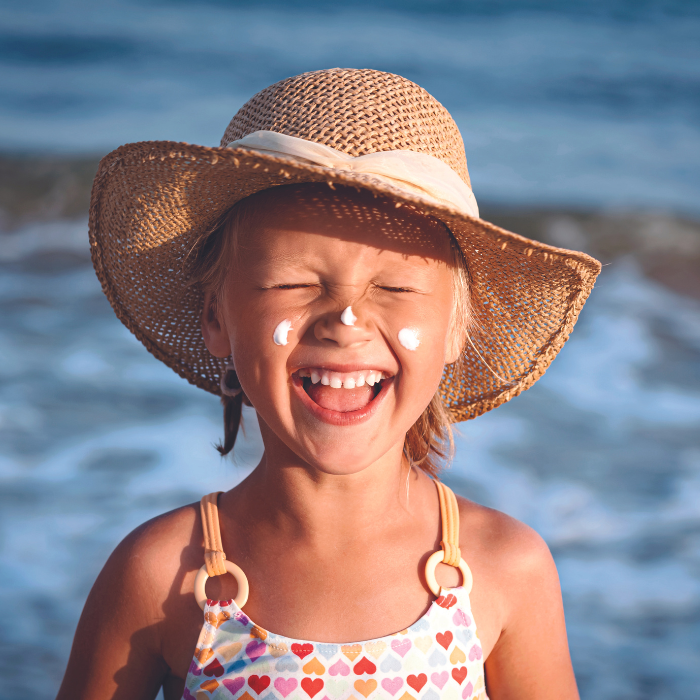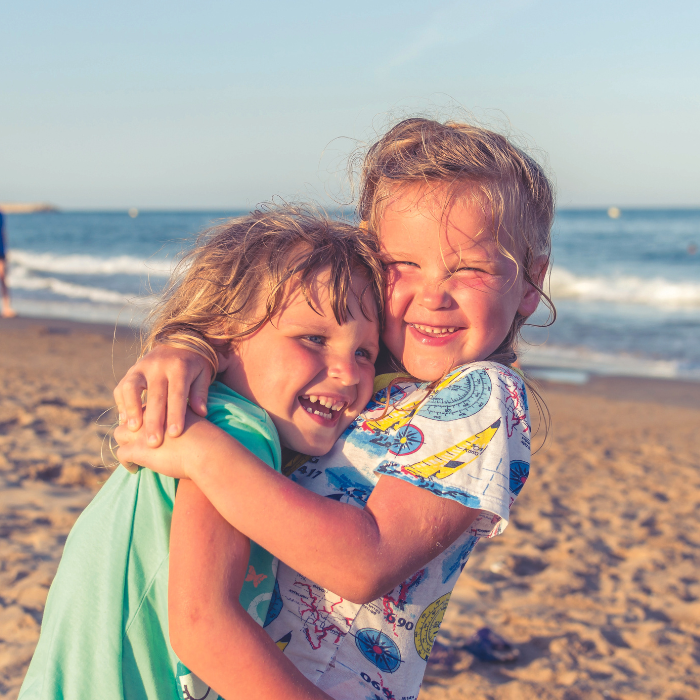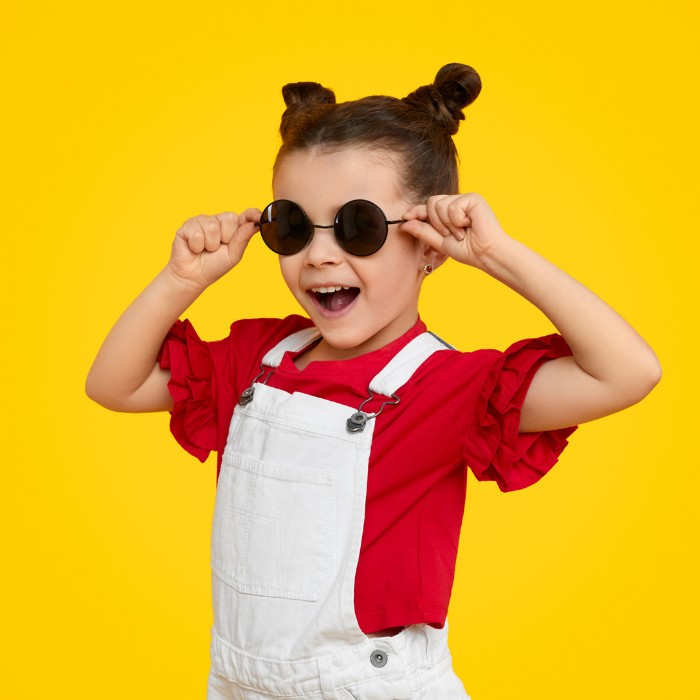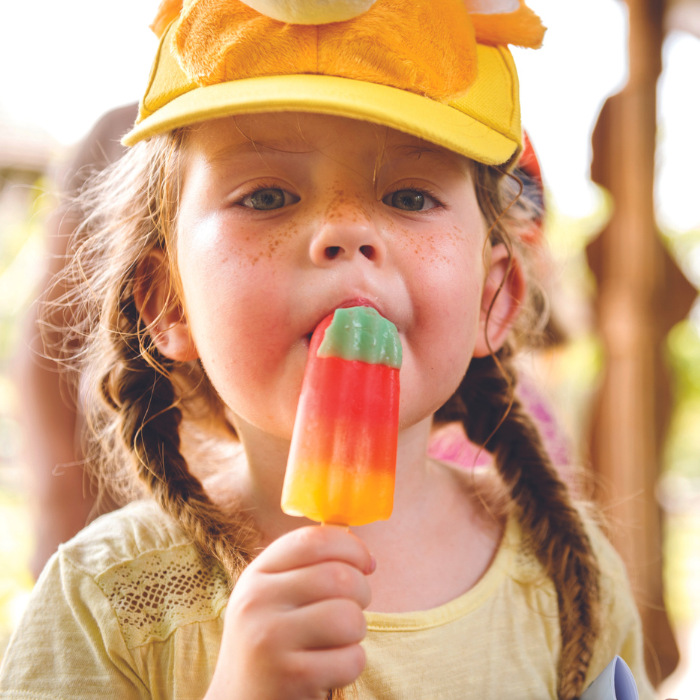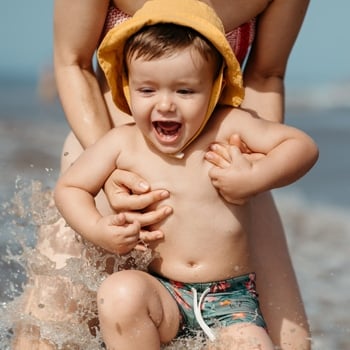
Summer is on the way, and for those who have a serious case of cabin fever, being able to get outside with your family will be a welcome relief.
The beach, the lake, camping, glamping, day trips to the coast, and BBQs in the backyard ? doesn’t it all sound wonderful? But before we rush off to gulp down some fresh air and feel the sand between our toes, there are a few things we need to think about when it comes to making sure our children and babies are kept safe and happy in the great outdoors. And while some of it may seem a little over the top, it really is just meant as a gentle reminder of what can happen outside the confines of home.
Do your research
Before you head off anywhere, know where you’re going and what the lay of the land is like. Are there shops around to get food and drinks, or will you need to take your own? Is it near a main road, or off the beaten track? Will you need proper footwear, or will flip-flops be okay? By understanding where you are going, and what will or won’t be available there, you can ensure you pack appropriately. Of course it depends on how away from home you will, but it never hurts to be overstocked on the essentials, particularly when young children are involved.
Prepare and plan
Following on from the above, once you have a bit more knowledge about your destination, here’s where you prepare and plan for what you may need to take with you, whether it is just a day trip or a home away from home for a week. Any parent knows that sometimes it feels like you are taking everything, including the kitchen sink, on holiday (or even just to the beach for the day), but it is usually for good
reason. You need to prepare for any eventuality, as things can happen very unexpectedly with children, especially in unfamiliar places.
Don’t ignore warnings or safety instructions
Whether you’re using new outdoor toys in the backyard at home or venturing a little further afield, make sure you pay attention to safety instructions or warning signs. These are in place to ensure you and your family minimise risk of injury and while some may seem a little over the top, you can never
be too careful when children and babies are around. It can also be a good idea to get young ones involved in following the rules ? you could ask them to read the sign out to everyone? Or role play what could happen if people don’t follow the rules? This can help to enforce any safety precautions, and give them a greater understanding of consequence, or why they need to do what they are told.
Put together a travel first aid kit
Preparing for the unexpected is the best way to reduce the impact for anything that may happen when you and your family are out and about. So why not put together a travel first aid kit that you can easily pop into the car, or take with you in a bag? If you don’t know much about these first aid kits, it is best to learn more from researching their contents online.
Here are the basics we suggest:
- Plasters
- Antiseptic wipes
- Disposable gloves
- Crepe bandages
- Compression pad
- Cold pack
- Eye pad
- Saline solution
- Tape
- Tweezers
- Scissors
- Rescue/thermal blanket
- Skin closures
And medical supplies such as antihistamines,
antibacterial cream, calamine lotion, and pain relief suitable for children. Or to buy a prepacked First Aid Kit (minus the medications), head to shop.stjohn.org.nz
Safety in the sun
The sun, and the danger it poses to children and babies, should never be underestimated. Sunburn can happen quickly, even on a cloudy day, so make sure you have plenty of sunscreen (talk to your local pharmacist about which ones are best for children and babies). This should be applied liberally to exposed skin, and reapplying often ? particularly after swimming. You should always try to stay out of the sun between 11am and 4pm (or at least provide shade), and ensure hats and sunglasses are worn whenever possible. For further advice around sun safety, check out sunsmart.org.nz
Always watch out around water
One thing is for sure, during summer, Kiwi kids are never far from the water. Whether it is the local river spot, the beach, a lake or a swimming pool in the backyard, plenty of fun can be had splashing around. Last summer, our neighbours learned about installing a pool and ending up getting one built. It has been amazing having the pool next door and to make it even better, the parents took a lifeguard course so they know how to keep everyone safe while they’re having fun. This is because around water is where parents and caregivers always must remain vigilant. For children under three, a parent should always be swimming with them, and for those under five, an adult should always be only an arm’s length away. It can never be underestimated how quickly a child can get into trouble, and even just five centimetres of water can pose a risk to a toddler. For more information, head to watersafety.org.nz
Signs of insects and stings
From mosquitos to bees, jellyfish to spiders, unfortunately there plenty of things that like to bite and sting us when we’re just trying to have a nice day out. So the best thing is to be aware of what could happen, and how to treat it if it does. Jellyfish stings can be extremely painful, so if your child does get stung, try your best to wash out any tentacles with seawater, don’t rub the area, and a hot shower on the affected area is advisable for minor stings. Anything more serious and you should see your doctor. For bee or wasp stings, make sure you remove the sting from the skin, and wash the area with clean cold water. Apply an ice pack to help reduce swelling. If you have any questions about a bite or a sting (and it isn’t life-threatening), you can always call Healthline for free on 0800 611 116.
Be aware of allergies
Stings and bites have the potential to ruin a perfectly pleasant day, and allergic reactions can certainly take things to the next level. From rashes caused from the grass, to hives after exposure to a particular type of food, or a severe reaction to a bee sting, allergies can occur when we least expect it – particularly if you have young children who have never shown signs of allergies before. And while we can’t predict these kinds of things happening, by just being aware and taking action quickly if it does occur, we can reduce their severity and risk of harm. It certainly never hurts to carry antihistamines and medicated cream in the first aid kit just in case. For more information about allergies, check out allergy.org.nz
Teaching care around cars
There are plenty of places in which parents need to be extremely attentive about where their children are at all times outside the car. From holding hands, to not running, standing in a safe spot and not allowing them to unbuckle themselves until you tell them to. For more tips and advice on car safety, check out safekids.nz




